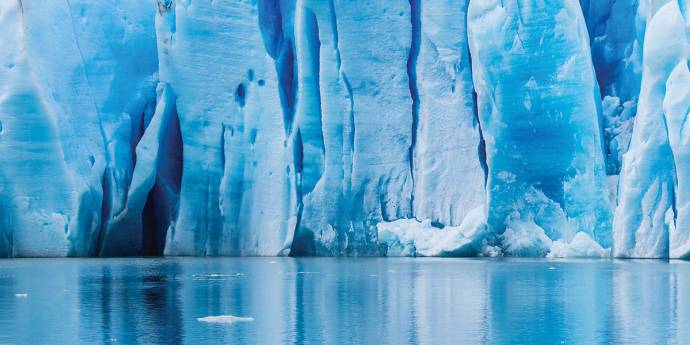Think, act, thrive – 2024 Leadership Conference
Stop talking about the challenges of complexity and put your thinking caps on, attendees at the IoD Leadership Conference were told.
Many of New Zealand’s built assets are close enough to the coast to be affected by rising seas this century. But it doesn’t matter where you live, you will be impacted.

The stark headlines in May – “Sea levels rising twice as fast as thought in New Zealand” and “The problem is growing every day” – cannot be forgotten.
So what is the story from a business perspective? What do directors need to know about sea level rise (SLR) and how should they be supporting businesses to respond?
These headlines were triggered by the release of new research from the NZ SeaRise Programme that, for the first time, provided:
In some parts of the country, the coast is sinking. Over the next few decades, to someone regularly standing on these shorelines, sea levels could appear to increase at a much faster rate than we might have expected.
In other parts, our landscape is rising and therefore sea levels will appear to increase more slowly. Highly complex systems, including tectonics and geomorphology, are responsible for this.
Key within the research findings is that vertical land movement in New Zealand can have a material impact on coastal flooding and erosion. It therefore needs to be monitored and incorporated into our national SLR models going forward.
However, sea levels are rising and are likely to continue to do so for hundreds of years. Up until now, most of the rise we have seen has been a result of the ocean absorbing the additional heat trapped in our atmosphere by greenhouse gasses. The oceans have absorbed roughly 90% of that heat to date.
In the future, how much the seas rise, and how fast, will increasingly be due to ice melting in Greenland and the Antarctic. And this is driven by past, current and future use of fossil fuels.
Billions of dollars of New Zealand’s built assets are close enough to the coast to be affected by rising seas this century. And the effects will be felt much faster than you might think – only another decade or so before we are seeing what we are used to thinking of as ‘1-in-100-year’ coastal flooding happening every year.
Two key takeaways from a business perspective are:
The SeaRise study is a great step forward in understanding the risks to our coastal areas, but it is not a crystal ball. The science involved in SLR projections is incredibly complex but we are fortunate that we have highly capable experts at NIWA, GNS Science and our climate research centres across New Zealand.
We can predict the direction of travel, and a likely plausible range of scenarios, but the actual metres and centimetres in any given location, at any particular time, still hold a great deal of uncertainty.
We know from a business perspective that uncertainty makes everything more challenging. And these are challenges we have to learn to live with. Climate change is a risk multiplier – it stretches the standard distribution curve – so what used to be an occasional occurrence becomes normal, and we will start to see extremes that we have never experienced before.
“Even if you work entirely remotely in Queenstown, you will still be impacted by the effects of sea level rise, along with all the other aspects of climate change on the local and global economies.”
Like many aspects of climate change, SLR will permeate and change our communities. On the coast itself, tough choices will have to be made to Protect, Accommodate or Retreat (PAR) housing, infrastructure and commercial buildings, as well as sites of special significance such as urupā. This will bring an emotional and financial toll on people and businesses affected.
Wide-scale regional planning, supported by significant funding and resources, will be needed simply to work through what affected parties can expect to see, and to deliver the necessary changes to infrastructure and services, such as transport, education, health and the Three Waters programme.
So if you do not live on the coast, with your business within a few metres above the tide line, do you really need to concern yourself with these reports? The answer is a resounding ‘yes’.
Many of our major transport routes, urban centres and amenities are near the coast or accessed via coastal routes. Telecommunications and power lines often follow the same paths.
Adaptation effort will be needed all around our coastline at the same time. This could have cascading effects and delays across the country, similar to those we saw from Covid-19, but over a longer timeframe. And it is not just New Zealand going through this. Seas are rising globally and the resources needed for the PAR approach will be in high demand.
Even if you work entirely remotely in Queenstown, you will still be impacted by the effects of sea level rise, along with all the other aspects of climate change on the local and global economies.
So what should you be doing, or planning to do?
The businesses of today and tomorrow will be a part of this uncertain future. They will help determine how successfully we all adapt around our threatened coastlines, as a society and as a nation.